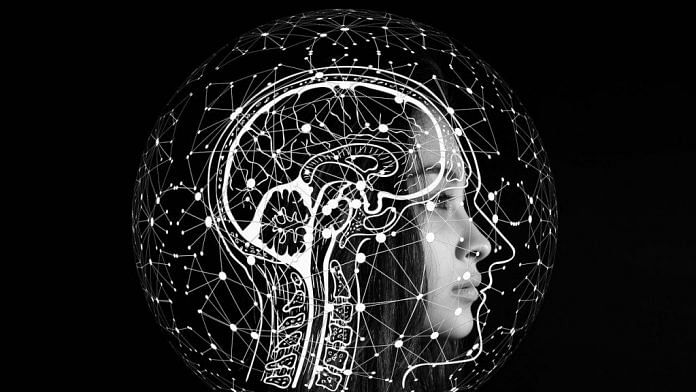- The enteric nervous system can operate on its own without being directed by the central nervous system.
- It is there to keep your gut working, help absorb nutrients and keep out harmful agents.
- A new study offers fresh insights into how it works
Going straight to the top of the list of sentences you probably weren’t expecting to read – you have a ‘second brain’ in your gut.
It’s known as the enteric nervous system (ENS) and in evolutionary terms has probably been around much longer than the brain you’re currently using to read and understand these words.
Research into the ENS published in August 2021 offers new insights into how it works and the extent to which the ENS is similar to other neural networks throughout the human body, including those found in the brain and spinal cord.
But before we get to that – what exactly is the ENS, and what does it do?
What is the enteric nervous system?
The ENS is a web of neurons found in the wall of the gastrointestinal system.
It stretches from the bottom of the tube that connects the throat to the stomach, the esophagus, through to the rectum.
Studies estimate that the ENS actually contains more neurons than the whole of the spinal cord.
What does it do?
Its chief function is to keep things moving properly. That includes propelling food and drink along the digestive tract, which it does via a series of muscles contracting and relaxing in harmony. It ensures the contents of the intestines are well mixed, to maximize the absorption of nutrients.
In addition to aiding the movement of the digestive tract’s contents, the ENS also controls local blood flow, mucous secretions, and plays a role in the function of the immune system. It may even be connected to the development of some neurodegenerative illnesses, including Parkinson’s disease.
It is also responsible for the secretion of gastrointestinal hormones that affect the performance of organs throughout the digestive system. And it can differentiate between the nutrients needed by the body and harmful pathogens and microorganisms, allowing the former to be absorbed while keeping the latter out.
Is it really the body’s second brain?
The ENS can do something most of the neural networks in the human body cannot do. It can function independently of the central nervous system – the brain and spinal cord – with which it has a network of two-way connections.
What that means is the ENS can act autonomously rather than rely on signals from the central nervous system. The ability to control gut function has earned it the nickname the ‘second brain’, although unlike the brain between your ears, the ENS has very restricted, localized control.
What has the new research found?
The latest research was led by Nick Spencer, a professor at Australia’s Flinders University. Spencer’s team studied mice using high-resolution video in combination with an analysis of electrical activity.
According to the study, published in the journal Communications Biology, how the ENS coordinates propulsion of food and drink along the gastrointestinal tract has been a “major unresolved issue”.
The paper describes how the ENS is “far more complex than expected and considerably different from the mechanisms that underlie the propulsion of fluid along other muscle organs that have evolved without an intrinsic nervous system.”
Among its main findings is how the thousands of neurons inside the ENS communicate with each other to help the digestive process by causing contractions in the gastrointestinal tract.
The Flinders University team’s findings also suggest that far from being the second brain, the ENS is probably much older in evolutionary terms and could even be regarded as the body’s first brain.
Sean Fleming, Senior Writer, Formative Content
This article was originally published in the World Economic Forum.
Also read: Rare fossil turtle egg discovered, belongs to species that died when asteroid wiped out dinos



